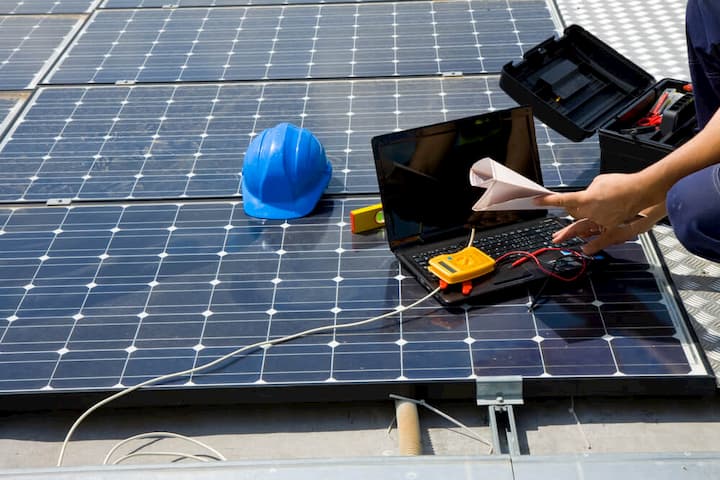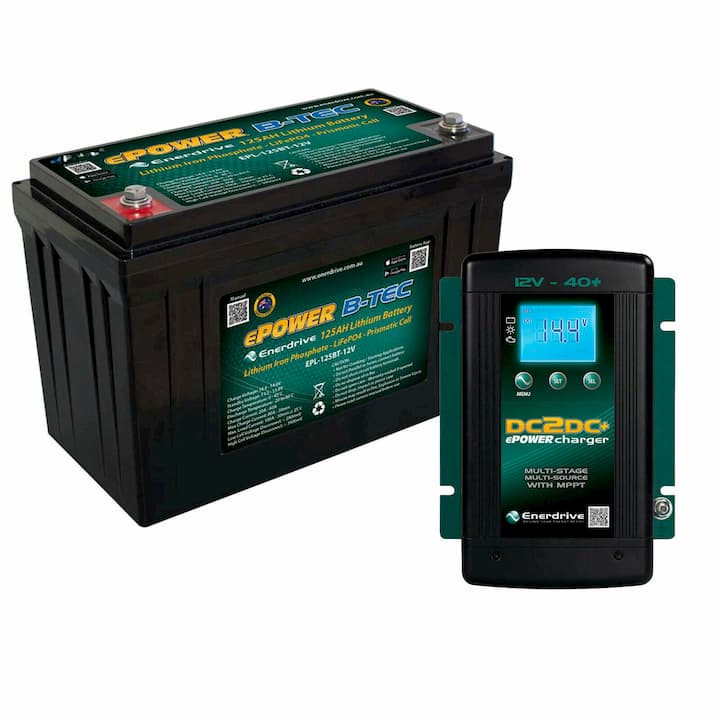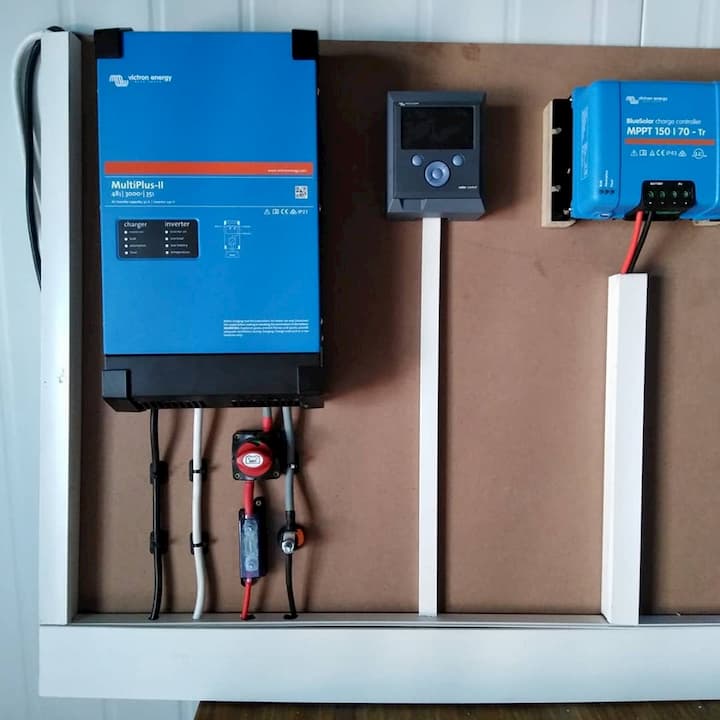Benefits of a Solar Power
You know the old saying “when you wish upon a star, your dreams come true”? Usually when the star is the Sun, this saying has a more blinding effect, but that does not make our star any less magical. Solar power is predicted to make up 20 per cent of global energy production in the next 5 years. Why you may ask? Well for starters, it’s nearly endless. Not only is it renewable, but with the advancement of solar panels, solar radiation can be transferred almost directly into electrical power with very little losses. Countries around the world have begun enforcing renewal le energy subsidies, mostly targeted towards solar power, to transfer most of your power needs to be fueled by our massive stellar neighbour. So, deciding you want to convert to solar, here’s what you’ll need to set up a truly endless well of power.

Building Your Solar System
Building an effective solar power system is not as hard one might think. In truth, you really only need a few components to make all your appliances run smoothly on cosmic energy. Everything depends on the power you’re using, but when it comes to the nitty-gritty, you need 3 basic components. There’s the solar panel itself that converts solar energy into electrical DC energy, a string inverter that converts the solar panel’s DC into 230V AC power and a couple of deep cycle solar batteries that store the remedial energy that is to be used during the evening or cloudy day.
Depending on your energy needs, the amount of these components will increase, but for most residential homes, a 6kW system won’t cost that much and will pay itself off in a couple of years. Remember, the sun produces a lot of light, so all that extra electrical energy is distributed back in the electrical grid, literally paying for itself. So let’s discuss your home solar system and what you need. We’ll start at the end and work our way back so that the concept will be simpler.
Deep Cycle Batteries
OK, so it’s midnight and you want to brew yourself some tea in an electric teapot. Maybe you just want to turn on a headlamp. Regardless, it’s an appliance that is plugged in an electrical socket. To obtain power from the socket, it needs to have power from some source flowing through it. When you’re plugged in the electrical grid, that power comes from hydro dams, wind power, oil plants and such. When you’re off the grid, this power has to come from something and considering the sun is out at night, how are you going to brew your tea? Simple, deep cycle solar batteries are your answer.
A deep cycle battery is an energy container designed to contain and produce a long continuous stream of current for an extended period of time before having to be recharged. With normal batteries discharge up to 5-10% of their charge before needing a recharge, deep cycle batteries discharge up to 80% before they’re recharged, even though manufacturers wouldn’t recommend going past 50%. This ability allows the battery to produce a high current stream of power for hours with no disconnect or energy loss.

Rechargability is the keyword here. During the day, the solar battery is getting charged from the residual panel energy and via an AC coupled inverter, it returns this power back into your house or RV during the evening. The more solar batteries you have, the greater your energy storage is and the more power you can use up when the sun is not out. As long as this cycle continues, your batteries will be healthy and your power will be uninterrupted.
The solar battery system is a pricier alternative to being connected to the local power grid during the non-sunny times of day, but, if you are a regular RV traveller or are stationed off the grid, a deep cycle solar battery is a key element in bringing you some light in the darkness, or at the very least, brewing your tea after midnight.
String Inverter
So, the exact same scenario unfolds, but during the day. You want to make some coffee or charge your laptop. You plug into the socket, you get power, but from where. Naturally, your answer would be “from the sun”, but before light transforms into electricity, it needs to go through a few systems. The solar panels produce DC current, but due to the fact that most appliances require AC at 230V, something must do the AC/DC transformation. This is the string inverter.
String inverters are used for when multiple solar panels are in play. The panels are all attached to a single string inverter that does the whole power transformation and then sends the power to the household grid.
Microinverters are the smaller version of this that are individual elements attached to each solar panel. This is the better option for when fewer panels are in play. With this device, you can plug in directly to the solar panel if need be.
Due to their extraneous and constant work, inverters are the most likely component to fail in a solar power system in the first 10-15 years, so even if you are on a limited budget, premium-end inverters are recommended.

Solar Panels
And lastly, our power source itself, the frequently aforementioned solar panel. As stated, a solar panel is a device that converts solar energy into usable electricity. They do this thanks to the photoelectric effect, the subject that won Albert Einstein the Noble Prize. This happens in the crystalline structure of the panel itself. Without getting too hung up on the physics of it, this effect produces DC current that is afterwards transported through the inverter to the household and the deep cycle battery for storage.
Let’s run the numbers
So let’s say you decided to go fully solar. What do you need?
For most homes, the minimum is buying 6.6 kW of panels (approx. 20 in total) with a 5 kW inverter. If you’re going premium quality, this should cost around 5000 to 8000 dollars. With the battery, the cost would most likely double, but after listing the benefits of it, we recommend paying the extra price and in 10-15 years, not only will the solar system pay itself off, but you’ll actually be making a profit.